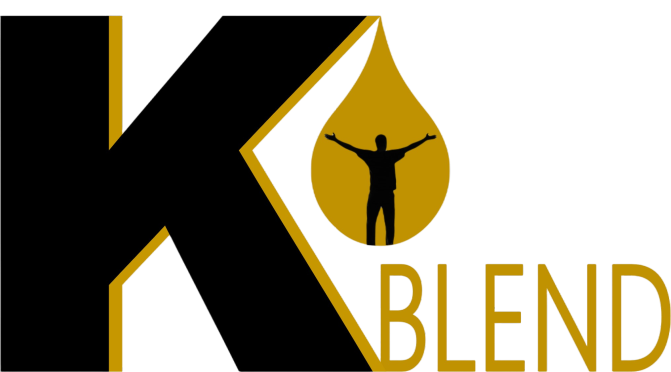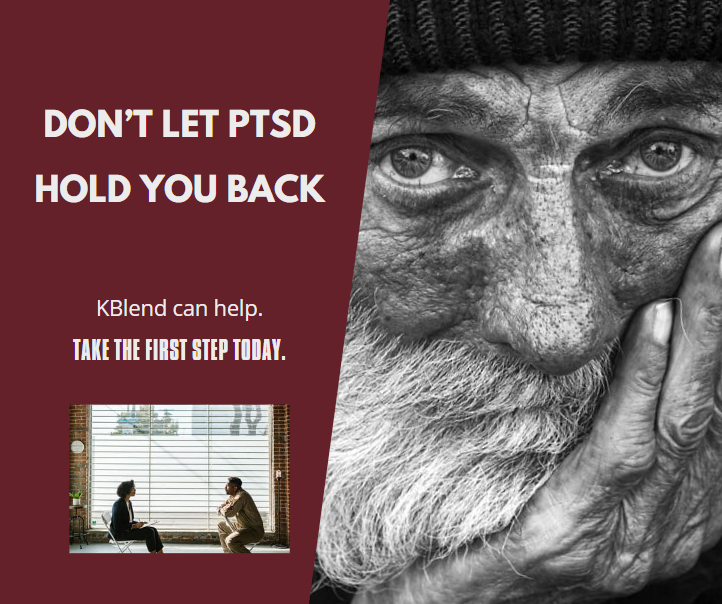
Boundaries: The Doorway to Freedom
PTSD and the Illusion of Safety

PTSD convinces us that feeling nothing is safer than feeling pain. We sanitize our environments, avoid people, and strip life down to what feels controllable. On the surface this looks like safety—but it’s the illusion of safety. Life shrinks smaller and smaller until nothing feels safe, not even ourselves.
"Numbness is not protection—it is prison."
Numbness vs. Living

Living in “fight mode” leaves emotions muted, relationships strained, and meaning lost. Research shows PTSD alters circuits for fear and memory (Yehuda et al., 2015), keeping the body trapped in survival. Ketamine can offer a biological bridge—helping the body relax when it cannot let go on its own.
- Cost of numbness: connection fades, purpose blurs, energy drains.
- Signal not defect: the nervous system is stuck “protecting,” not broken.
- Bridge to feeling: safe practices and supervised care invite emotions back.
The Trap of Fight Mode

Trauma keeps the nervous system in constant vigilance. Muscles tense, breathing shallows, thoughts spiral. The world seems toxic, so the “solution” becomes shrinking life. Ironically, the walls we build to keep pain out keep life out too.
- Signs: scanning rooms, startle response, exhaustion after simple tasks.
- Cycle: trigger → avoidance → short-term relief → long-term fragility.
- Shift: graded exposure, breath retraining, safe relational practice.
The Call to Surrender & Vulnerability

True healing is not more control—it is surrender. “My grace is sufficient for you, for my power is made perfect in weakness” (2 Cor 12:9). Vulnerability becomes the soil where faith grows: we allow grief, joy, and love to move again.
- Spiritual boundary: grace ≠ unlimited access. Protection of what’s sacred matters.
- Behavioral path: gentle exposure to safe tears, safe joy, safe connection.
- Evidence note: Spiritual coping can reduce PTSD, anxiety, and depression and improve resilience.
See integrative findings on faith-informed coping and mental health outcomes.
When the Body Cannot Relax on Its Own

For some, the nervous system is so locked in fight/freeze that prayer, therapy, or meditation can’t penetrate. Under medical supervision, ketamine can quiet overactive circuits long enough for psychotherapy and spiritual work to land.
- Who it helps: treatment-resistant PTSD with severe hyperarousal, nightmares, or intrusive memories.
- How it’s used: series of infusions + integration sessions (therapy, breathwork, journaling, faith practices).
- Expected arc: rapid symptom relief → improved sleep → renewed capacity to feel and connect.








